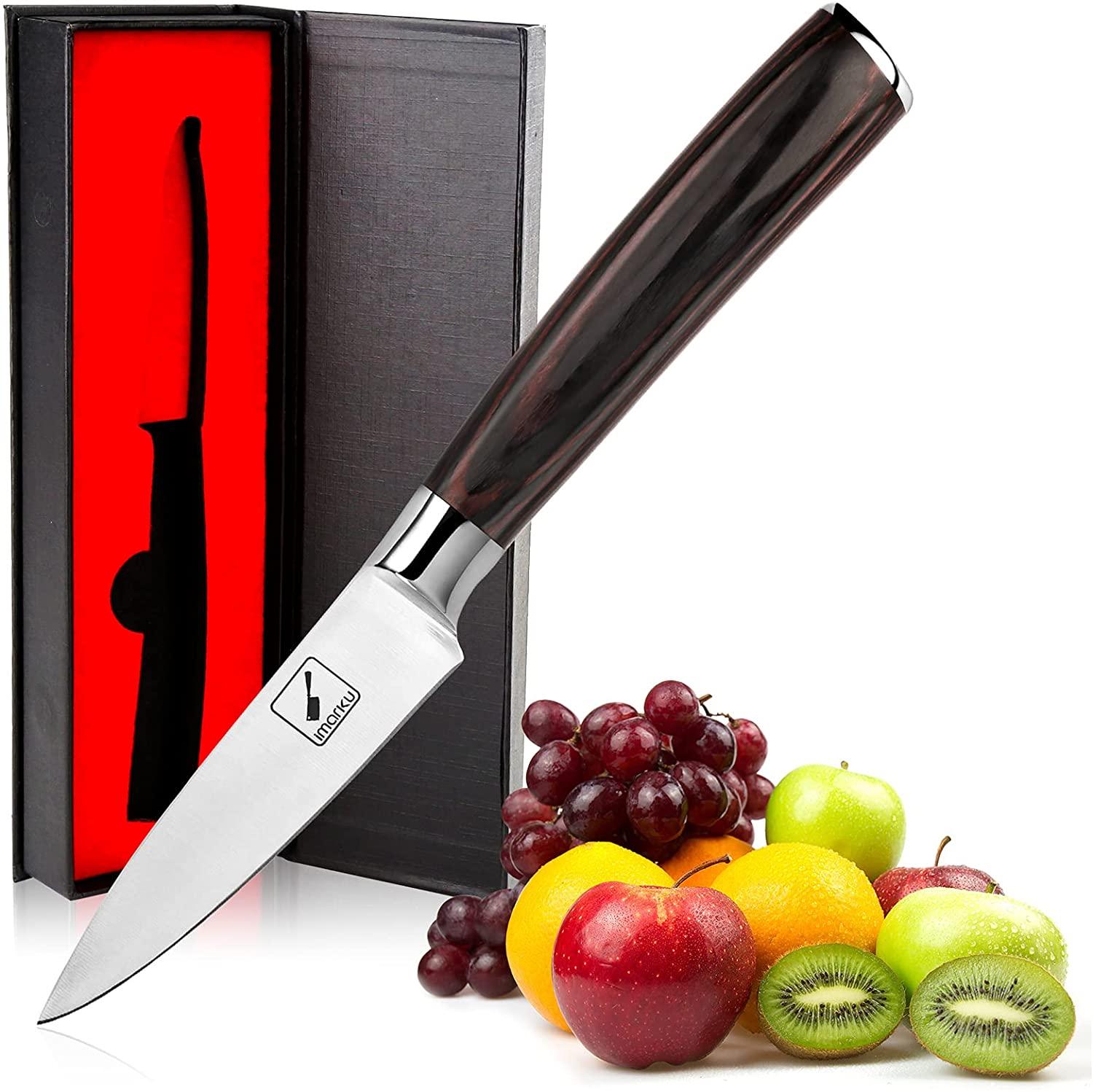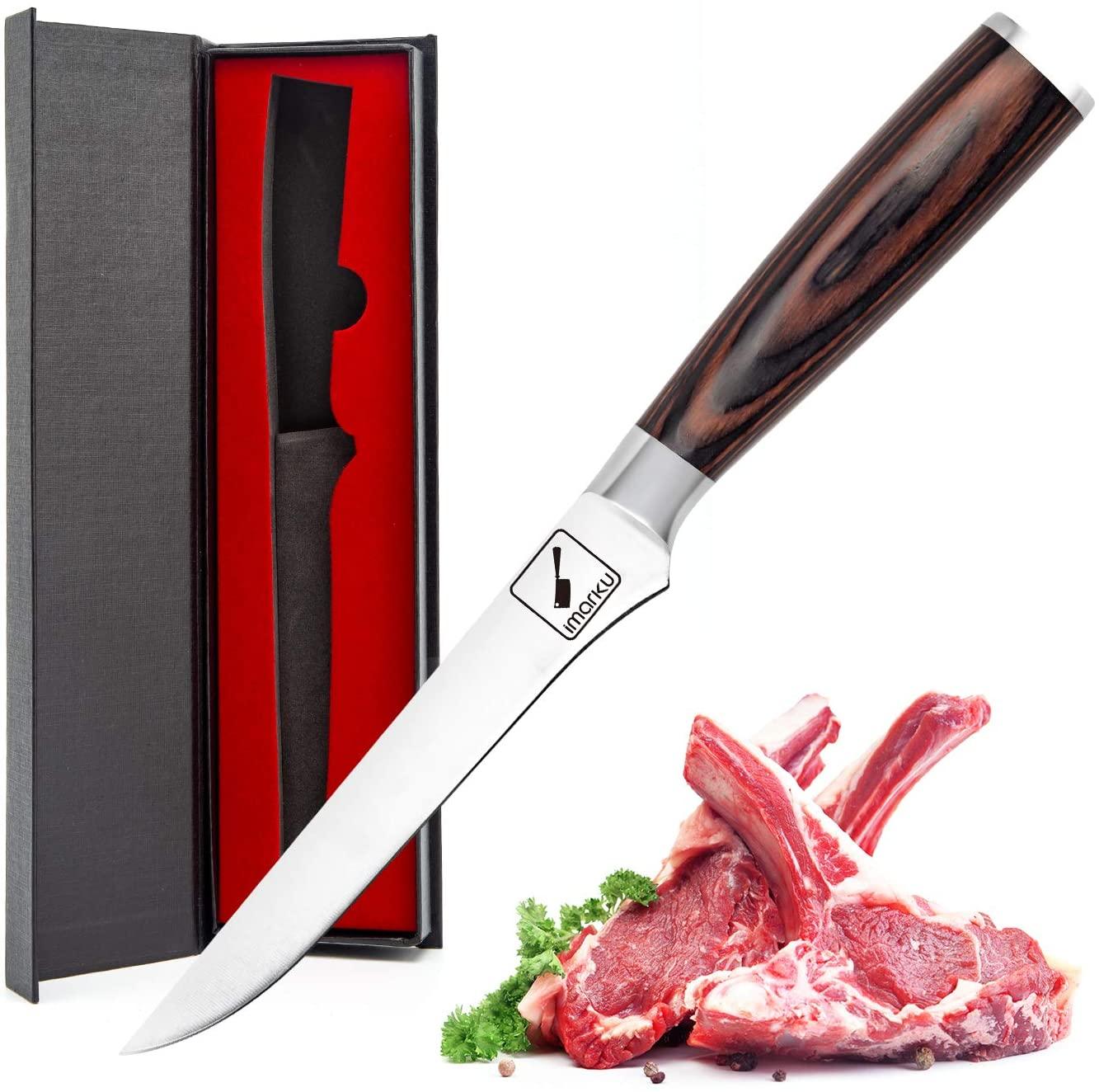TABLE OF CONTENTS
Dragon Fruit is not a code name for a Kung Fu movie. This is actual fruit (also called pitaya) with an appearance as surreal as it is enticing. It's a tropical fruit with intense colors and green scales that resemble a dragon's head most of the time (hence the name).
The bulb is often pear or oval-shaped. The pulp is white with very small (edible) black seeds, and although it might look like a Hershey's Cookies 'n' Creme bar from a distance, it tastes like a mix of pear, kiwi, and watermelon. Moreover, it's packed with vitamin C, phosphorus, calcium, fiber, and antioxidants to counteract free radicals, making it a great addition to anyone's healthy diet.

The fruit also comes in various presentations. There is the yellow dragon fruit (pitaya Amarilla), the red dragon fruit (pitaya Roja) that resembles a strawberry on the inside, and the pink dragon fruit (pitaya rosa) that has pink flesh like the red variant but with white pulp instead of red. Out of all of them, the red dragon fruit tastes the sweetest and has a higher amount of betalains, responsible for the red pigment.
The dragon fruit tree itself is a spectacle to look at, sporting a very "prehistoric" appeal. It's a vine-like cactus with various branches spread out in shape similar to a palm tree. It mostly grows in tropical and subtropical regions and, despite being from the cactus family, it doesn't withstand extreme temperature shifts, often showing damage at temperatures below 0º C and above 40º C.

HOW TO CUT DRAGON FRUIT
Now that we know all about the dragon fruit, it's time to cut to the chase (pun intended).
First, we should know how to pick fresh ones. The way to choose dragon fruit is by grabbing it and squeezing it slightly. If the fruit feels too soft to the touch, it's probably overripe. It should feel firm yet not too hard. Another way to know when the fruit is past its prime is to look at the color. If it has many dark streaks and blotches, it should be discarded, while a healthy, ripe fruit has smoother coloring and fewer dark spots.
Once you sort out the fresh dragon fruits, you can proceed to cut them. Cutting dragon fruit is not hard at all, owing to the softness of the outer layer. There are various ways to cut a dragon fruit and get to the "meat" as below.

BASIC CUT
Consists of making a big incision across the fruit with a sharp paring knife (although a utility knife or a chef's knife could literally "make the cut" as well) and use the peel to form a bowl from which to withdraw the pulp portions. You can then grab a spoon and slide it in through the edge of the peel to lift the flesh, in the same way, you would do with an avocado. In the absence of a spoon (if you're in the wilderness, for example), you can use your fingers.
WEDGE AND CUBED CUT
This cut should be made with a paring knife exclusively due to the adjust ability of the shorter blade to peel the skin off the flesh. After you peeled the fruit, slice the flesh into cubes or wedges at will. You can also begin the process by doing the basic middle cut outlined above and then slice accordingly on a cutting board. One dragon fruit, when diced, can fill up to 2 cups.
After the fruit has been cut, it's best to eat it right away or within the next 2 days. Beyond that period, you may need to transfer the portions in a Ziploc bag, seal it airtight and place it in the fridge.
As for the peel can be consumed or used for infusions, though it's an acquired taste.

CHOOSING THE RIGHT KNIFE
There are 3 different knife types you can use to cut dragon fruit:
- A paring knife
- A chef's knife
- A utility knife
As stated before, a paring knife is ideal for dicing and slicing the fruit, while the basic cut can be done by any of the 3 types mentioned above.
Let's briefly take a look at each knife type and recommendations:
PARING KNIFE
Paring knives are small and possess a short blade for accurate, detailed cuts, perfect for trimming and peeling round bulbs. The Victorinox Blac 3.25, the Rada Cutlery Peeling Paring Knife, and the Good Cook 4-Piece Quick Paring Knife Set are some of the most ranked budget choices, while the Wüsthof Classic 3 1/2-Inch Paring Knife is regarded as one of the best paring knives overall, albeit pricey. The iMarku 3.5-inch likewise deserves special mention, and it's particularly great for fruits.
CHEF'S KNIFE
Chef's knives are designed for multiple kitchen tasks and don't excel in any particular one. Worthy of mention are the iMarku 8" Chef's Knife, MAC MTH-80 Professional Series 8-inch Chef's Knife, Misono UX10 Gyutou, and Wüsthof Classic 8-inch Cook's Knife.
UTILITY KNIFE
A utility knife is a bit larger than the usual paring knife but still lightweight enough to cut food items too small for a chef's knife. This is not to be confused with the retractable utility knife used in other contexts such as skinning, carving, and/or camping. Some of the most renowned utility knives nowadays include the Sunnecko 5-inch, the Wüsthof Classic 4.5-inch, and the Home Hero 5-inch if you're low on budget.
WAYS TO USE THE DRAGON FRUIT
Now that we know how to cut dragon fruit and extract the pulp, you can use it in a myriad of ways:
- As a snack eaten with a spoon, after cutting it in half.
- By adding the cubes and wedges or semicircles in a fruit salad.
- By mixing it with other fruits in a smoothie bowl. It goes well with a lot of flavors, including coconut milk, honey, or banana.
- By freezing it and eating it like a Popsicle.
- By making a puree out of it and adding it to a dessert or pudding.
- By making dragon fruit juice or shake.
External links:
Singapore Infopedia article
https://eresources.nlb.gov.sg/infopedia/articles/SIP_768_2005-01-11.html
Hylocereus undatus (dragon fruit)
https://www.cabi.org/isc/datasheet/27317
Health benefits of dragon fruit
























Leave a comment
All comments are moderated before being published.
This site is protected by hCaptcha and the hCaptcha Privacy Policy and Terms of Service apply.